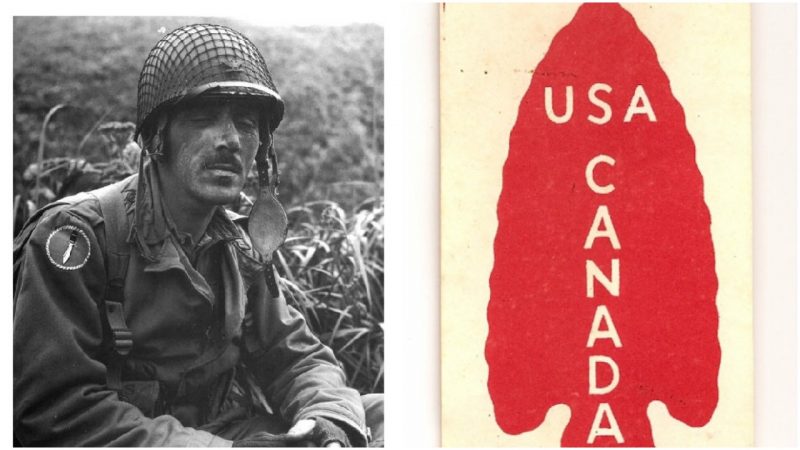About three weeks before Christmas in 1943, a very special league of extraordinary Canadian and American gentlemen joined together to disrupt a German position in a mountain range in Italy, at the peak of World War II.
Their efforts were part of the larger Italian campaign known as “Operation Raincoat.”
This mission was the first time the First Special Service Force (FSSF) had worked together, but it certainly would not be the last. The soldiers of the FSSF went on to build a reputation as a fearsome group to be reckoned with during the global conflict that had begun in 1939.
In early December 1943, they began their journey to the top of a mountain called Monte la Difensa.
The Germans were confident that none of the Allies would make the ten-mile climb in the cold, wintry region. However, the FSSF not only made it, they skilfully pushed back the heavily-entrenched enemy forces.
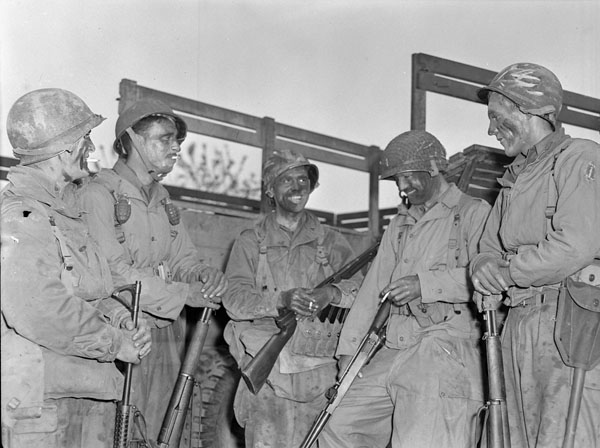
The unit was the first of its kind. Their training had been developed and implemented for just such a tough operation, said Bill Woon, of the FSSF Association, on the 75th anniversary of its first mission.
“The concept of unconventional warfare – of these small teams trained to be very autonomous, to operate as a team, as a section – was somewhat new to the U.S. Army. There was no manual, there was no guidebook to lead them.”
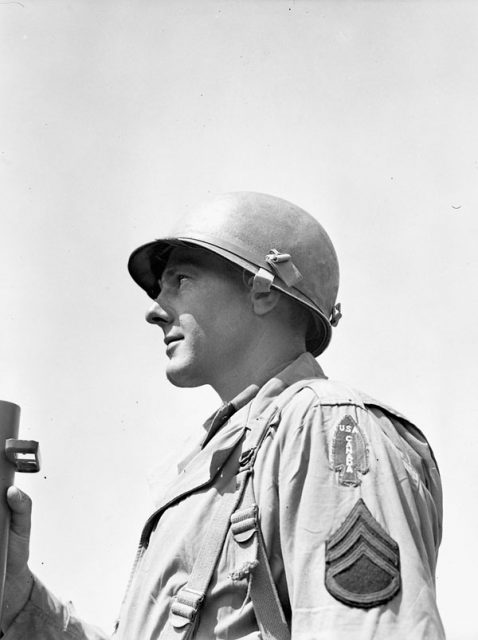
The mission in Italy required that the men spend nine months vigorously preparing for the considerable demands that a battle in the mountains would impose.
They had to climb a 300-foot (91-meter) cliff to get close enough to the Germans to engage in fighting, so they learned skills like mountain climbing and winter warfare techniques.
Their training compound, at Fort Harrison in Montana, offered ideal conditions for this kind of preparation.
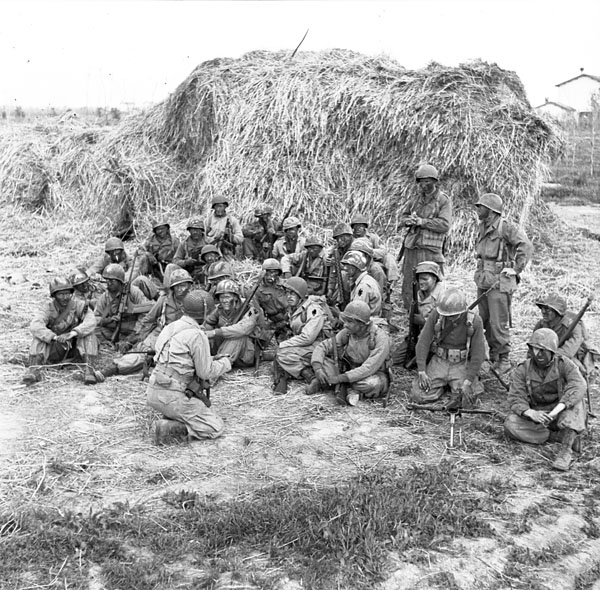
The unit’s leader was Lieutenant Colonel Robert Frederick, and he was determined that his men would be in top physical shape before they left for Europe. As Woon said, “the missions they were given (were) exactly what they trained for here.”
Although the group was scheduled to participate in two operations prior to Italy, both fell through. As a result, it wasn’t until 1943 that the FSSF engaged in an actual battle.
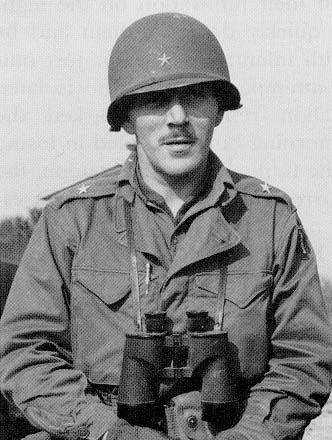
But taking Italy from Hitler was not an easy task. The Allies had lost many men as they tried to break through the Germans’ “Winter Line,” a tight sequence of troops stationed across the peninsula south of Rome.
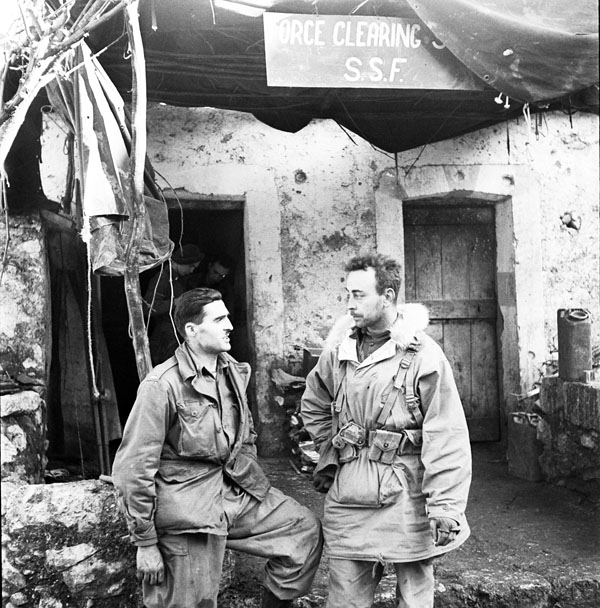
The Allies needed a big victory, and the FSSF were tasked with getting it, by seizing Monte la Difensa. While the Germans were ready to defend the usual routes to the mountain’s summit, they had not thought the Allies would come up the cliffs.
“The Germans didn’t think anybody could get enough men and equipment up those cliffs to sustain any kind of battle,” Woon explained.
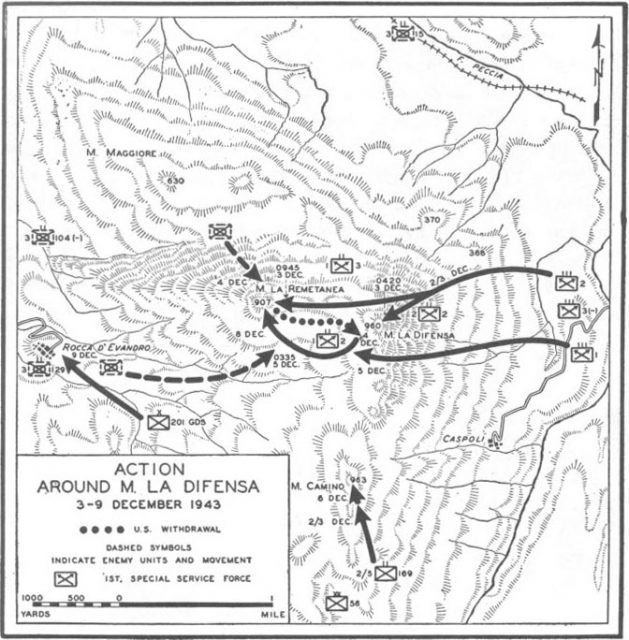
But they had not yet encountered the men of the FSSF.
The soldiers began their climb on December 1, 1943, and 48 hours later, hundreds of them had made their way up, close enough to eavesdrop on enemy conversations.
At daybreak on December 3, the fighting began. By December 9, the battle was over, and the enemy soldiers had retreated from the mountaintop.
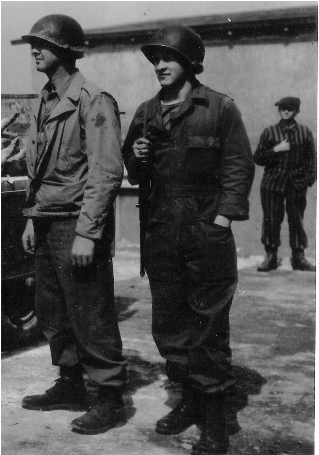
But the FSSF had little time to pause and savor their victory. In the ensuing six weeks, they faced enormous difficulties tackling the Germans in the Italian mountain region.
By mid-January, the unit’s number had been slashed from 1,800 fighting men to fewer than 500.
And yet they accomplished what they had set out to do: clear a path for the Allies to continue their campaign into Italy. When they finally made it down, their reputation preceded them.
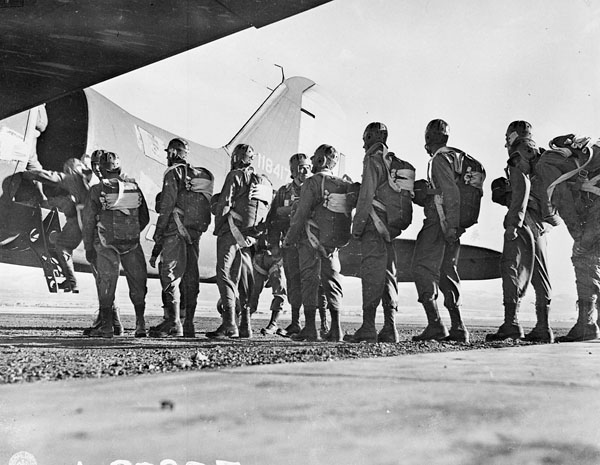
“After they came out of the mountains, everybody knew who the FSSF was, and what their capabilities were,” Woon said.
The unit took part in other battles in Italy as well as in southern France. Soon their presence was dreaded and feared by the Germans, who had two nicknames for them: “Black Devils” and the “Devil’s Brigade.”
The latter name was used for a 1968 Hollywood film starring William Holden and Cliff Robertson. It was based on the book The Devil’s Brigade written by novelist and historian Robert Adleman, and Colonel George Walton, who had been a member of the team.
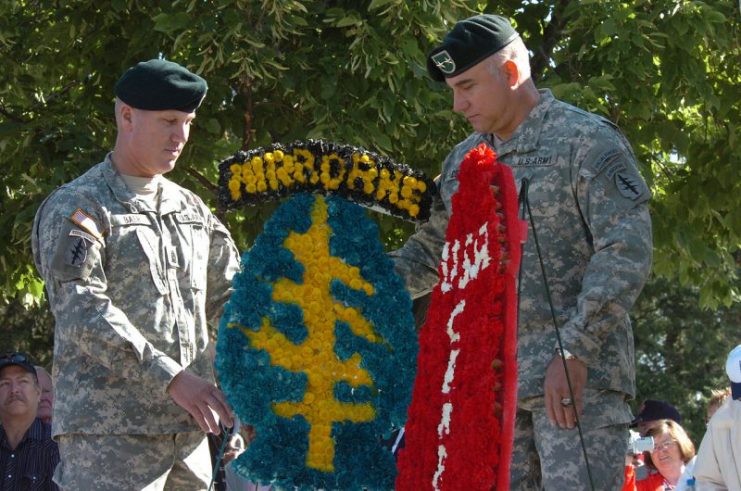
Today, Fort Harrison has a museum dedicated to the men and their missions. A significant part of their displays is the explanation of, and tribute to, the Battle of Monte la Difensa.
To Woon, military museums like these play an important role in recognizing and respecting the contributions of veterans.
Museum Director Ray Read explained, “Fort Harrison is, of course, the founding home of the FSSF, so… we’ve really chronicled their activities here and overseas.”
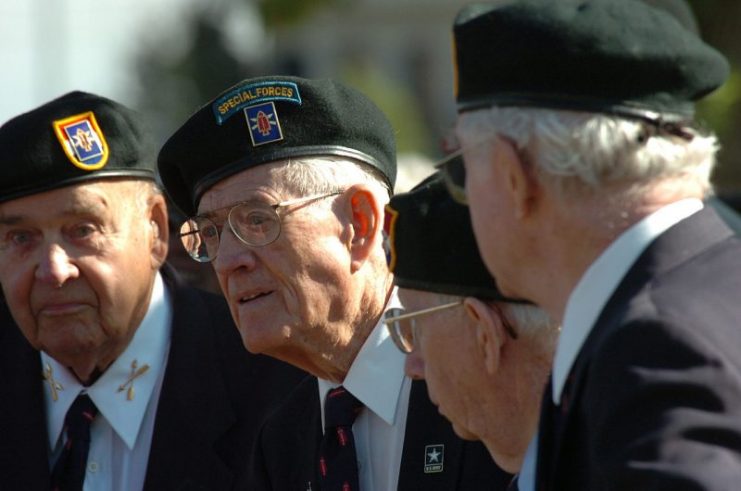
He noted that about 40 members of the group, Canadians and Americans alike, chose to settle in Montana after the war. Of the entire unit, 72 members were still alive on the FSSF’s 75th anniversary.
Although not active for decades, the FSSF’s legacy has not diminished in military circles. It is recognized as the “grandfather” of elite squads like the Green Berets.
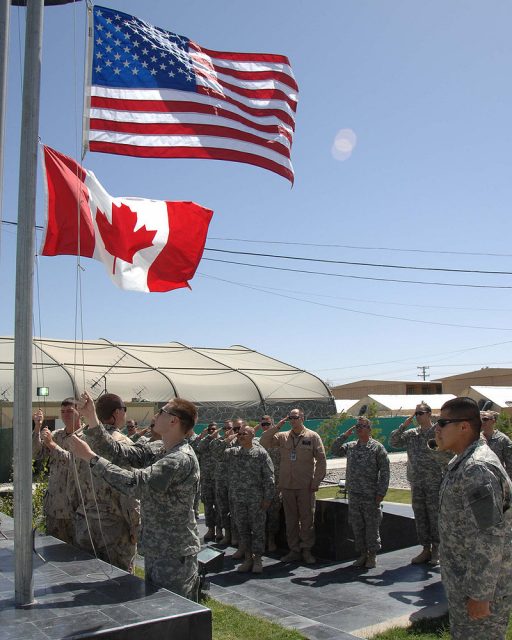
Read another story from us: The Failed Secret Mission to Convince Italy to Abandon the Nazis
As Woon so eloquently put it: “These men, volunteering for what was considered a suicide mission, and giving up their youth to basically liberate the world from oppression – that still exists today… [Young] men and women (are) following that same path of volunteering to keep us free so that we can enjoy the liberty and freedoms that we have. To me, that’s what I call the spirit of the Force.”
That spirit is alive and well and on display at Fort Harrison. The museum recognizes and applauds veterans who work together to fight what threatens everyone: dictators and the suppression of individual freedom.
